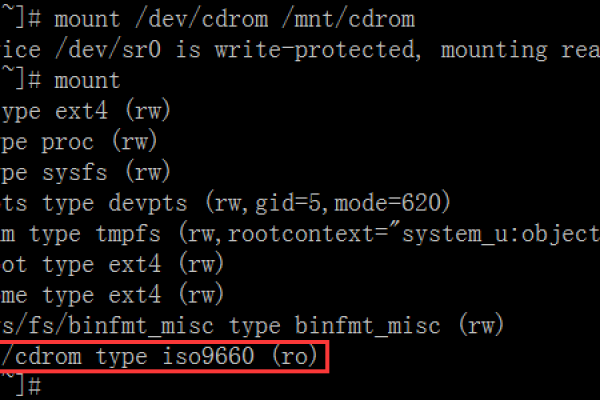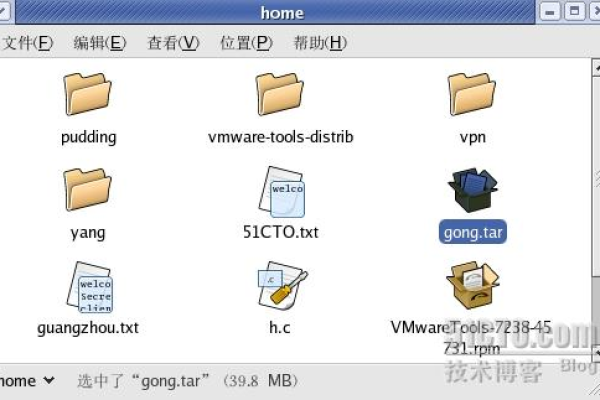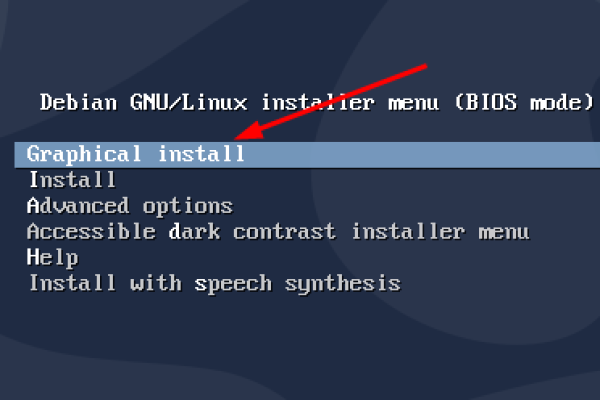debian系统卸载软件的方法是什么
- 行业动态
- 2024-05-03
- 6
在Debian系统中,卸载软件可以通过多种方式完成,以下是一些常用的方法:
使用APT工具卸载
Debian系统默认的软件包管理工具是APT(Advanced Package Tool),它提供了一个用于安装、升级和删除软件的接口,要使用APT卸载软件,你可以按照以下步骤操作:
1、打开终端。
2、输入sudo aptget update以更新软件包列表。
3、使用sudo aptget remove <软件包名称>命令来卸载指定的软件包,如果你想卸载名为example的软件包,你应该输入sudo aptget remove example。
4、如果你还想删除软件包的配置文件,可以使用sudo aptget purge <软件包名称>命令。
5、使用sudo aptget autoremove命令来自动删除不再需要的依赖包。
使用Aptitude工具卸载
Aptitude是一个基于文本的用户界面,用于处理APT软件包的管理,它提供了一种更直观的方式来搜索、安装、升级和删除软件包,以下是使用Aptitude卸载软件的步骤:
1、打开终端。
2、输入sudo aptitude以启动Aptitude。
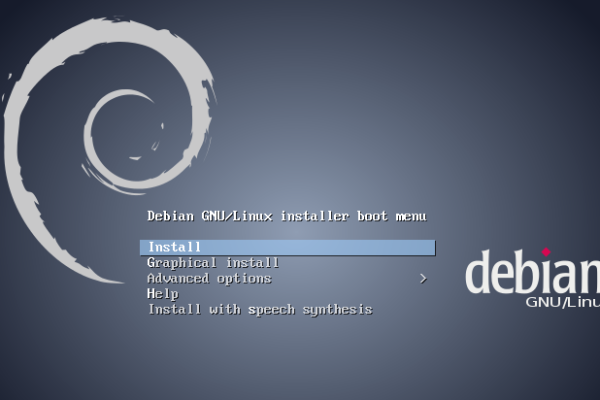
3、在Aptitude的菜单中选择“Search”(搜索)。
4、输入你想要卸载的软件包的名称并按回车键进行搜索。
5、在搜索结果中,选择你想要卸载的软件包。
6、点击“Actions”(操作)菜单,然后选择“Remove”(移除)或“Purge”(清除)来卸载软件包及其配置。
7、选择“Apply”(应用)来执行操作。
使用dpkg工具卸载
dpkg(Debian package management system)是一个底层的Debian软件包管理系统,它不依赖于APT或Aptitude,以下是使用dpkg卸载软件的步骤:
1、打开终端。
2、使用dpkg l命令列出已安装的软件包。

3、找到你想要卸载的软件包的名称。
4、使用sudo dpkg r <软件包名称>命令来卸载软件包,如果你想卸载名为example的软件包,你应该输入sudo dpkg r example。
5、如果需要删除软件包的配置文件,可以使用sudo dpkg P <软件包名称>命令。
使用Synaptic工具卸载
Synaptic是一个图形化的软件包管理工具,它提供了一个用户友好的界面来管理软件包,以下是使用Synaptic卸载软件的步骤:
1、打开Synaptic(通常通过应用程序菜单中的“系统”或“管理”分类找到)。
2、在Synaptic的搜索框中输入你想要卸载的软件包的名称。
3、在搜索结果中,选择你想要卸载的软件包。
4、右键点击选中的软件包,并选择“完全卸载”或“仅卸载”。
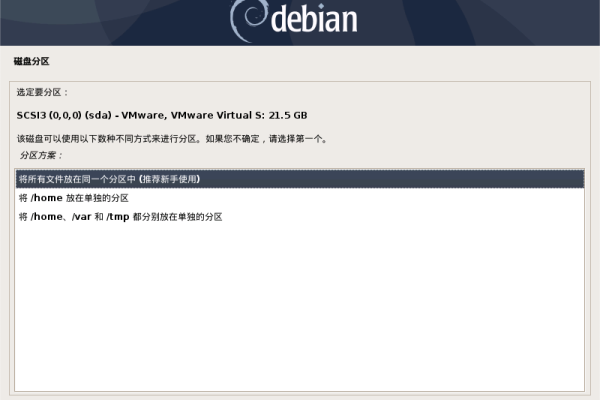
5、应用更改并等待Synaptic完成卸载过程。
相关问答FAQs
Q1: 如果我忘记了软件包的确切名称,我该如何找到它?
A1: 你可以使用APT的搜索功能来查找软件包,在终端中输入aptcache search <关键词>,其中<关键词>是你记得的软件包相关的任何关键词,这将返回与关键词相关的所有软件包的列表。
Q2: 卸载软件包时,是否总是需要删除配置文件?
A2: 这取决于你的需求,如果你打算重新安装该软件包或保留配置文件以便将来参考,你可能不需要删除它们,如果你确定不再需要该软件包及其配置,使用purge命令可以彻底清理与之相关的所有文件。
请注意,不同的方法适用于不同的情况和个人偏好,始终确保在执行任何系统更改之前备份重要数据,并在不确定的情况下查阅官方文档或寻求专业帮助。


